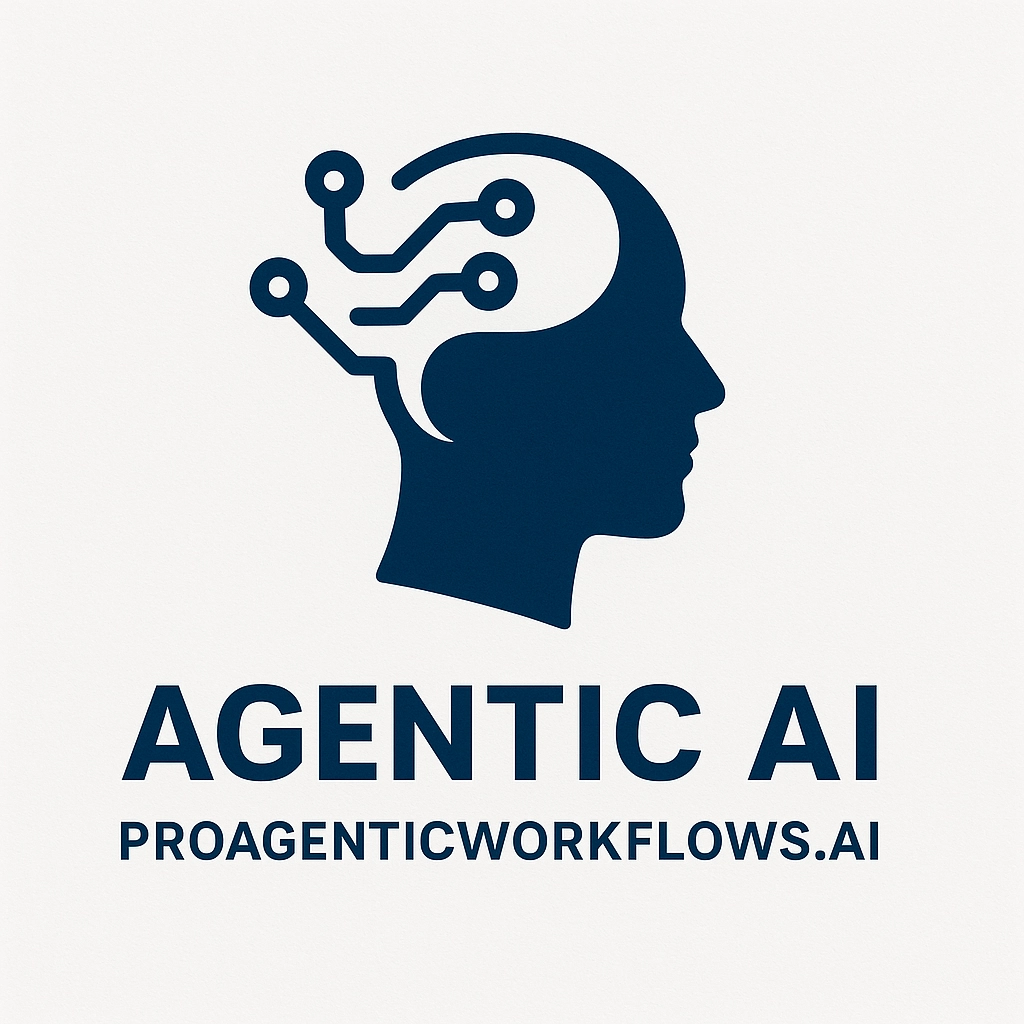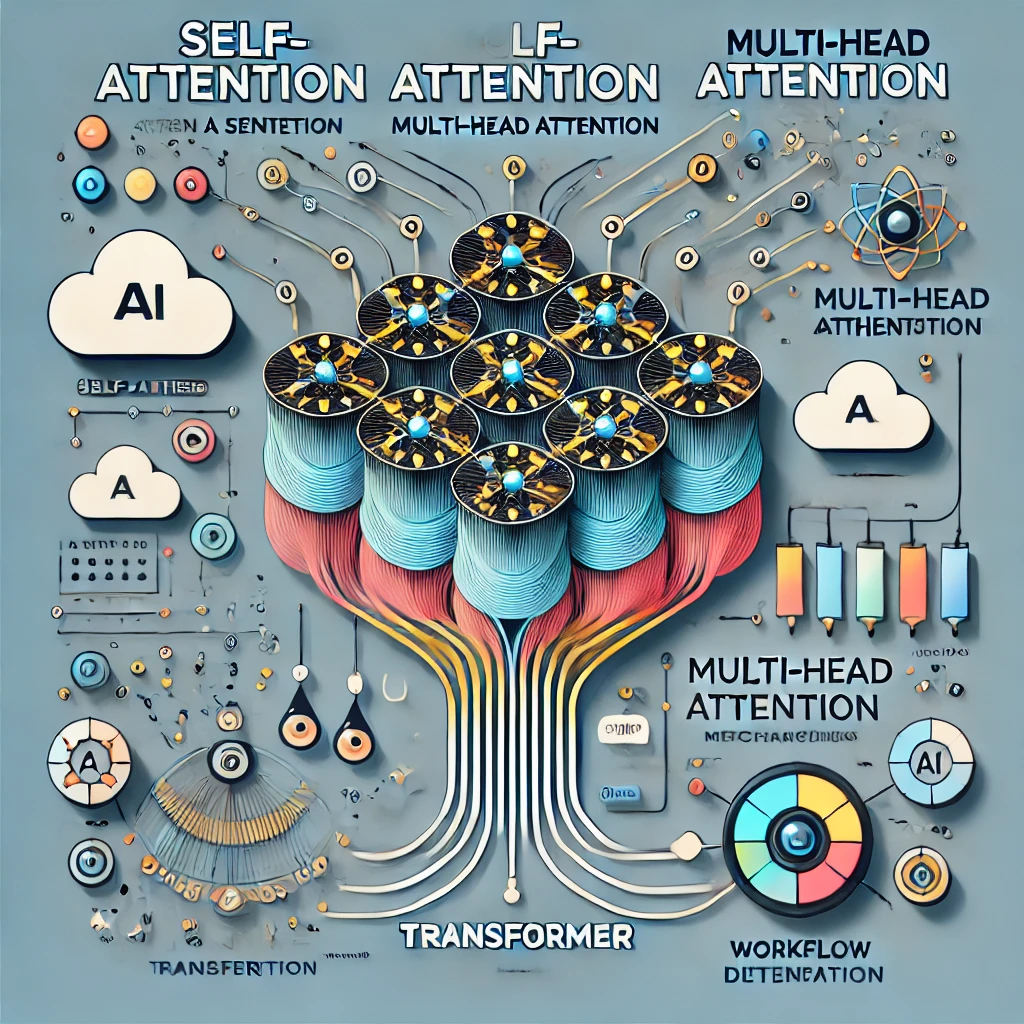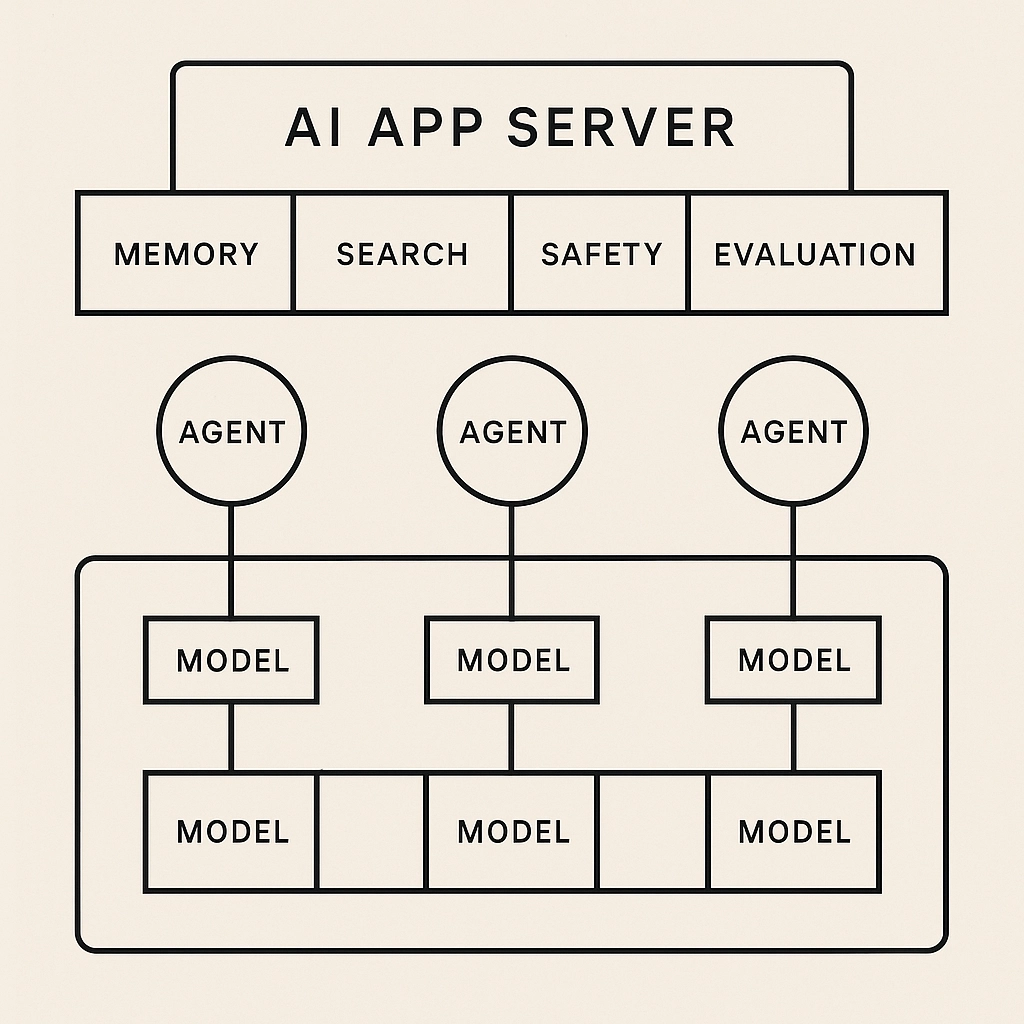Introduction
If you’ve ever wondered how modern AI agents can understand and generate text so effectively, the answer often lies in Transformers. Transformers are powerful AI models that use a method called self-attention to figure out which parts of a sentence (or any sequence of data) are most important. This allows AI agents to handle tasks like conversation, document analysis, and more.
1. From RNNs to Transformers
The Limits of Older Models (RNNs)
RNNs (Recurrent Neural Networks) look at text one word at a time, which can slow down training and make it harder to remember long passages.
Overly long inputs can weaken the model’s memory.
Transformers: A New Way Forward
Process all words at once rather than one at a time.
Use connections (residuals) that make it easier to train deep models.
Great at handling long or complex text, which is vital for AI agents that need to carry context over multiple steps.
2. Self-Attention in Plain Terms
Imagine you’re reading a long paragraph. To understand a sentence properly, you might “focus” on certain words that relate to each other. In Transformers:
Each word learns how much it should focus on other words.
These “focus scores” are learned automatically during training.
Why it matters for AI Agents: They can figure out which details in a conversation or document are most important, helping them take actions or respond accurately.
3. Multi-Head Attention: Multiple Focuses
Instead of using just one way to focus on parts of a sentence, Transformers use several “heads”. Each head pays attention to different patterns, such as:
Word meanings
Grammar structure
Topic or context
By combining these heads, the model gets a well-rounded understanding, which is perfect for AI agent workflows, where the agent might juggle multiple tasks or topics.
4. The Transformer Architecture: A Quick Sketch
Encoder: Reads the input (like a document) and transforms it into a rich representation.
Decoder: Uses that representation to produce output (like a summary, response, or translation).
When building AI agents:
You might only need the encoder if your agent only needs to read and understand.
You might use the decoder if your agent also needs to generate text.
5. Positional Encoding: Knowing Word Order
Transformers look at all words at once, so they need a reminder about which word is first, second, etc. This is done with positional encoding, a small piece of extra information that marks each word’s place. Even though you might not see it directly in action, it’s crucial for understanding sequences.
6. Real-World Examples and Applications
AI Chatbots: Transformers give chatbots the ability to maintain context over long conversations.
Agentic Workflows: Agents can read a user’s goals, relevant documents, and instructions all at once, then figure out the right action.
Language Translation: The original use case, but still widely important.
Summarization: AI agents can quickly parse a lengthy article and provide a short, accurate summary.
7. Why This Matters for AI Agents
Parallel Processing: Transformers handle entire text blocks in parallel, making them fast and efficient.
Contextual Understanding: An agent can look at a large body of text (like instructions, user input, and knowledge base) and decide which parts matter most.
Scalability: Transformers can handle big models (like those powering advanced AI assistants) if you have enough data and computing power.
8. Simplifying the Training
Masking: Hide certain words (or tokens) and ask the model to predict them.
Next Sentence Guessing: Let the model figure out if two sentences connect.
These methods teach the Transformer to build a detailed internal map of the text, which AI agents then use to reason and act.
9. Looking Ahead
Efficiency Efforts: Researchers are creating new versions that handle longer texts faster (like Reformer, Linformer, etc.).
Beyond Text: Transformers now work on images, audio, and even code, broadening the horizon for AI agents in different fields.
Conclusion
Transformers power many of today’s most advanced AI agents by helping them figure out what’s important in any given text or data stream. Their ability to take the entire context into account simultaneously makes them ideal for agentic workflows, where understanding and acting on user goals or instructions quickly is crucial. As these models continue to evolve, we can expect smarter, more capable AI agents across a range of industries.






Comments